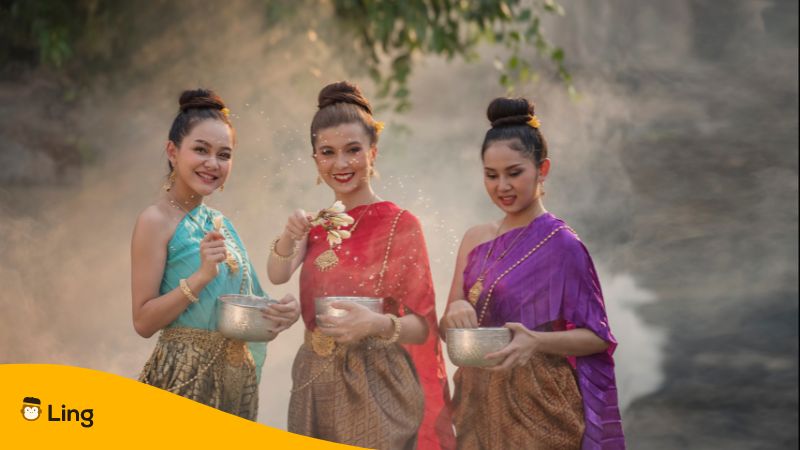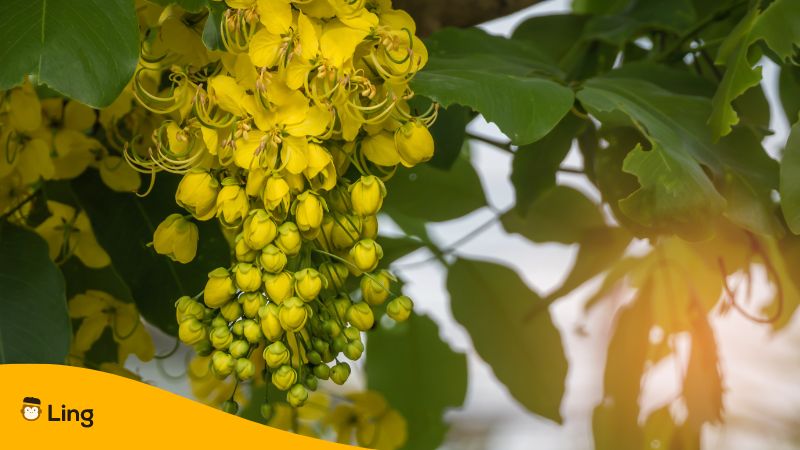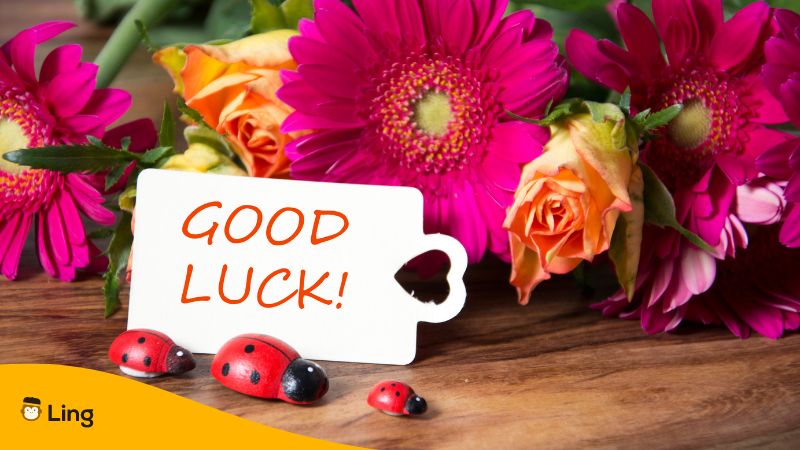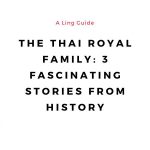Did you know that luck and fortune enjoy a prominent place in Laotian society? So much so that most prefer to bid farewell by saying sok dee (ໂຊ,ກດີ), which means good luck in Lao! Rooted in their deep-seated belief in fortune and harmony, the act of conveying good luck not only strengthens interpersonal connections but also reflects the warm and generous spirit of the Laotian people. Ready to get to know more about this topic? Read on below!
In this vibrant culture, tokens of fortune take many forms—from the exuberant Baci ceremony, where blessings are bestowed, to the enchanting Khun flower, a symbol of prosperity and good fortune. In the local language, “luck” is expressed as “Sok” (ໂຊກ), a term that carries an air of mystique and optimism. This word may seem super simple, but it’s actually of those that you’ll instantly hear from the locals the moment you visit Laotian temples. However, there’s so much more to this topic that you must know if you genuinely want to connect with the locals. Let’s go over all that in the sections below.

Significance Of Good Luck In Lao
Like most Southeast Asian countries, Laos also has its own unique cultural identity derived from and based on a healthy intermingling of its majority religion (Theravada Buddhism) and ancient pagan, animistic practices and traditions. This is elaborately reflected in one of the most important rituals of the Lao community. One example of a unique celebration is the Baci ceremony (phithi ba si – ພິທີບາຊິ). The Basci ceremony is an ethnic Lao ritual for seeking good luck or fortune. And over time, it has been elevated in Laos to the place of a national custom.
Be it any auspicious event – a wedding, a baby birth, a new year, entering monkhood, starting something new, or bidding farewell to a departed soul – a Baci ceremony is always a part of the affairs. This tradition finds its roots in the indigenous animistic and ancestor-worshipping Tai folk religion known as sasna phi (ສາສນາຜີ), which loosely translates into the religion of the spirits, and places belief in the healing powers of phi or spirits of the departed elders or ancestors.

What Is A Baci Ceremony?
The Baci ceremony, also known as Soukhwan, is where a priest (pa ol hid – ປະໂລຫິດ) is invited to the house. In the center of the room stands a small tower made of either palm leaves or banana leaves, decorated with bright yellow marigolds and candles, and is called Pha Khuan. Guests, mostly extended family, neighbors, and friends, pile up their offering of sticky rice (khao niou – ເຂົ້າໜຽວ) and boiled eggs (khai tom – ໄຂ່ຕົ້ມ) at its base. One notable thing about this event is that you’ll see a handful of white cotton strings (sai fai sikhao – ສາຍຝ້າຍສີຂາວ) tied to the top of the tower and the end of each thread is held in the palms of each person sitting in the room.
Once all the preparations are done, and people are settled, the priest starts chanting some sacred words to invoke or summon the 32 spirits of a human being, known as khuans. At times, instead of a priest, it could be an elderly man (mor phon – ມໍໂພນ) with significant stature (mostly a Buddhist monk) who conducts the chanting.
It is believed that each mortal body is home to 32 khuans of health and well-being. These khuans have a tendency to untether themselves and wander around. Thus, after the khuans are invoked, tying a baci string around your wrist keeps them and your luck from leaving tethering away anytime soon. The ceremony ends with a full-boiled chicken passed around the room, followed by an elaborate meal and merry-making.

Khun Flower
Another important cultural aspect of the fortune-believing Lao culture is the Khun flowers, which are a symbol of good luck. In English, these are known as the flowers of the Golden Shower tree. Its scientific name is Cassia fistula, and these ornamental flowers are found across the Indian subcontinent and Southeast Asia. The Lao word for the Khun flowers is dok khun which is written as ດອກຄູນ. The flower blooms for a short duration, mostly during April.
The Khun Flower is an auspicious symbol of luck in Laos, associated with the Boun Pi Mai festival (ບຸນປີໃໝ່) or the Lao New Year celebrated for three days in the month of April. Oh, what a sight it is to see these golden yellow flowers strewn around the streets, roads, and avenues across the country!

How Khun Flower Brings Good Luck In Lao
The Khun flower has been a significant aspect of local traditions for bringing good luck to the Lao community for millennia, even before the emergence of Theravad Buddhism in the region.
According to tradition, an ancient spirit takes his leave of this realm during the festival, and the flower represents a connection to the spirit. On the morning of this occasion, people pick and decorate their homes, offices, cars, and other vehicles with strands and strings of this flower with the hope that these would bring them peace, happiness, harmony, and good luck.

Want To Learn Lao? Try Ling!
Wasn’t that deep dive into Lao good luck totally mind-blowing? But guess what? There’s so much more to explore in Lao culture, and Ling’s got your back! We’ve got you covered with curated articles on culture, history, traditions, food, and the latest trends in countless languages for you to soak up. However, if you’re in the mood to actually master the Lao language, then trying out Ling is the best option!
Ling is a language learning platform specifically designed to help you move from beginner to advanced in record time! With its huge library of lessons for over 60 languages, it’s impossible not to find a resource for the language you’re learning. Plus, it comes with interactive games and a chatbot so that you can master whatever language concept you want to focus on.
Ready to try it out? Then go and satisfy your inner language lover! Visit Google Play Store or Apple App Store and download the Ling app for free!



































































